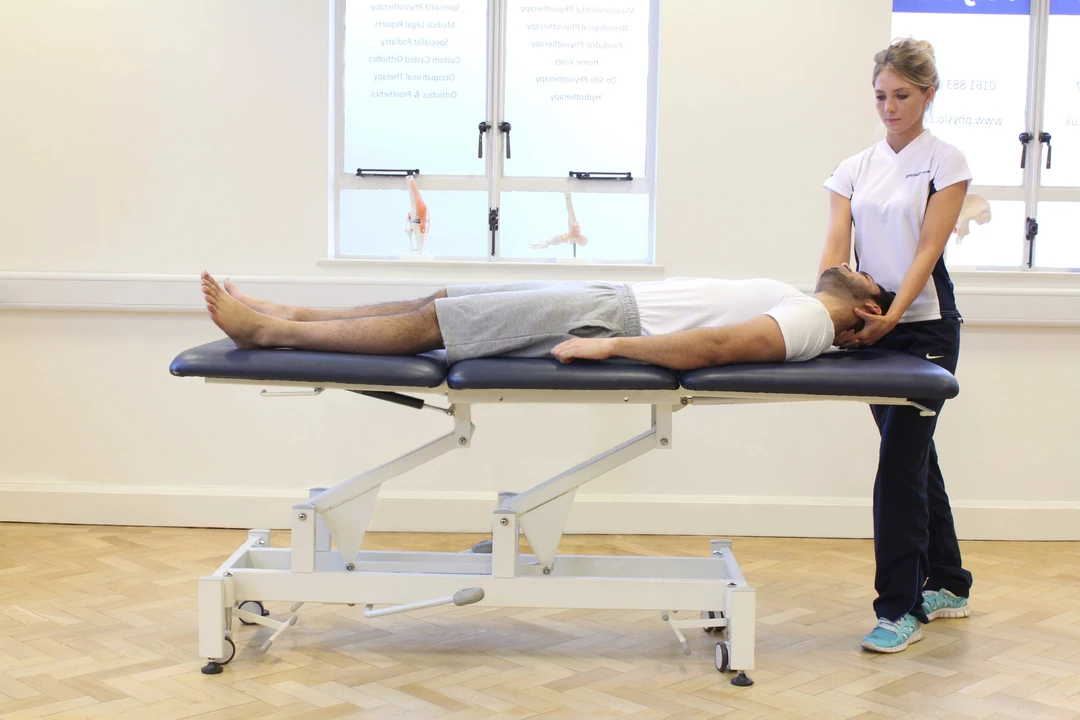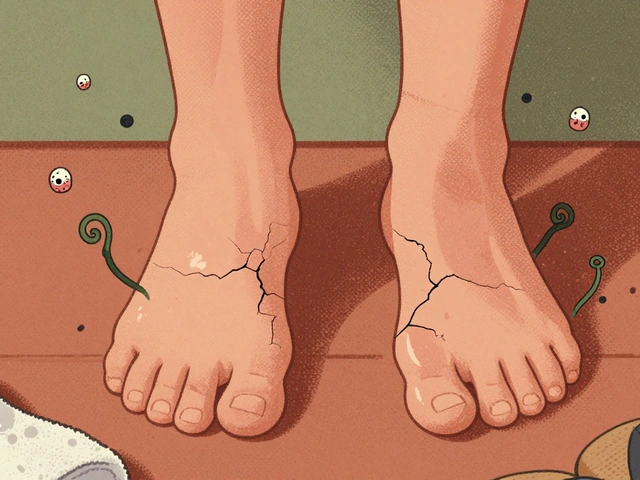Balance Exercises: Simple Moves to Improve Stability
If you wobble on stairs or feel unsteady after a sneeze, balance exercises can help. These moves train your muscles and brain to work together so you stand steadier, walk safer, and worry less about falls. You don't need fancy gear—just a chair, a wall, and a few minutes a day.
Start by checking one thing: can you safely stand on one leg near a chair or counter? If yes, you can begin. If you have dizziness, a recent injury, or a medical condition, talk to your doctor or a physical therapist before trying new exercises.
Quick Routine to Try
Here are five simple exercises you can do at home. Aim for 2–3 sets of each, 3–5 days a week. Stop if you feel pain.
1. Single-leg stand — Stand next to a chair, hold the back for balance, lift one foot a few inches off the floor and hold 10–30 seconds. Switch legs. Progress by letting go of the chair or closing your eyes.
2. Heel-to-toe walk — Place the heel of one foot directly in front of the toes of the other and walk 10–20 steps. Use a wall for support at first. This challenges your coordination and posture.
3. Sit-to-stand — From a chair without armrests, stand up slowly and sit back down without using your hands. Do 8–12 reps. This builds leg strength that supports balance.
4. Tandem stance with head turns — Stand with one foot in front of the other. Slowly turn your head left and right while maintaining position for 20–30 seconds. Head movement trains your vestibular system.
5. Ankle circles — Sit or stand and lift one foot slightly. Rotate your ankle clockwise and counterclockwise for 10 repetitions. Strong ankles reduce wobble on uneven ground.
Safety Tips and Progression
Always practice near something sturdy to hold onto. Wear non-slip shoes and keep the floor clear. If an exercise feels easy, make it harder: close your eyes, stand on a soft surface, or try longer holds. If it feels too hard, reduce the time or keep both hands on support.
Progress slowly. Add weights or do more reps only after you can complete a move with good form. Track small wins—standing longer on one leg, fewer stumbles, or walking with better posture.
Balance work pairs well with strength and flexibility training. Try two short balance sessions a week plus one strengthening session for legs and core. For older adults or those with health issues, a physical therapist can tailor a safe plan and suggest tools like balance pads or rails.
If you’re over 65, have had a fall, or notice frequent dizziness, get a check-up. A clinician will test your balance, vision, medications, and inner ear function. Sometimes a bad shoe, low blood pressure, or a side effect from medication causes instability. A physical therapist can show safe progressions like using wobble boards or resistance bands, and they’ll ensure exercises match your strengths and limits. For athletes, balance work improves agility and reduces ankle sprains. Make balance training a habit — short, daily practice keeps gains long term. Start today, and you’ll notice small improvements in weeks. You'll feel steadier.










